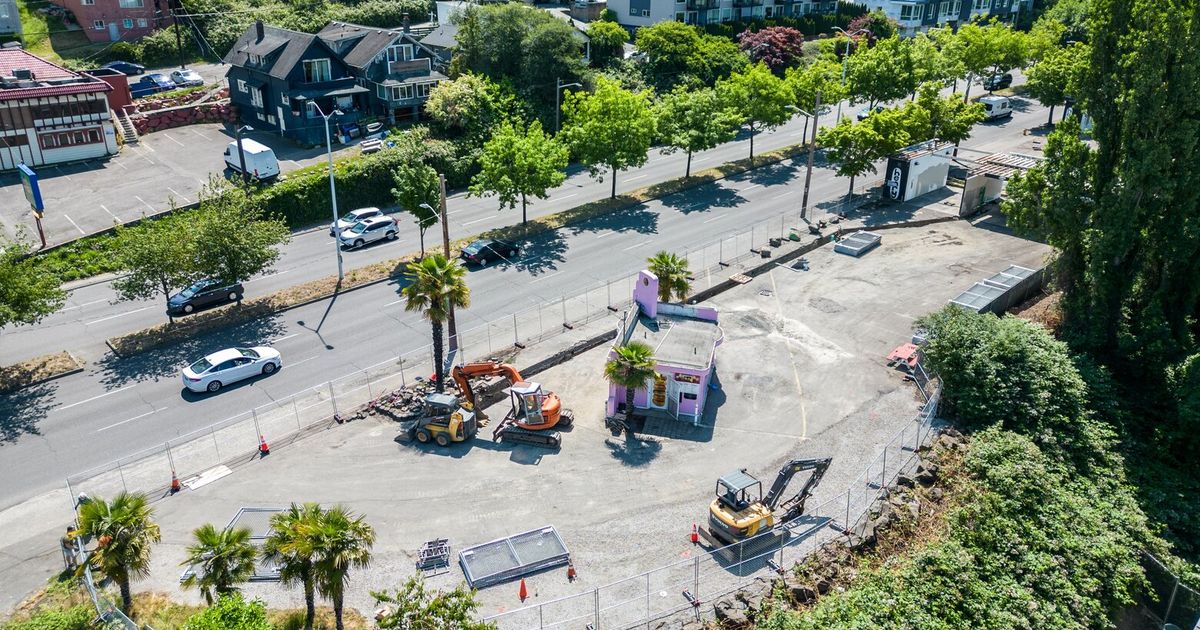In the past two decades, middle class residents of King County moved more frequently than those in any other income group, according to a new analysis of King County moving patterns based on credit scores.
Middle class residents were more likely to move out of the county’s wealthiest neighborhoods in the northern half of Seattle and the Eastside — think Bellevue, Mercer Island and Kirkland — where housing prices are the highest than South King County.
Lower-income residents moved less often. When they got in the moving truck, though, they were also more likely to move out of the Puget Sound region altogether.
The study on moving patterns, by the Federal Reserve Bank of San Francisco, is a new attempt to quantify long-held community accounts of how growing displacement and neighborhood change is disproportionately affecting all but the wealthiest residents in the region.
Researchers analyzed movement in four housing periods: the housing boom of 2002-06, the bust of 2007-11, the recovery of 2012-15 and the post-recovery of 2016-17.
The analysis uses credit scores as a proxy for financial status. The study classifies residents with a credit score of 580 or lower as low income and a score of 750 and higher as high income.
Overall, the authors, which included Seattle-area health authorities, found a shrinking space for middle- to low-income residents with high-income residents emerging as a new majority in King County.
Frequent moves bring their own financial strain. They not only indicate a growing inability to afford basic needs in wealthier parts of the county but also bring on longer commutes and disruptions in social networks and access to cultural resources.
The authors emphasized that these moving patterns existed before the COVID-19 pandemic, and through the course of the last recession. That, they argue, is key to learning how a pandemic-fueled recession is affecting the county’s different neighborhoods and populations.
“Economic downturns place greater pressures on the day-to-day lives of those who may have incomes just above the eligibility levels … for many safety-net supports and services,” the authors said.
Latest data on wage growth indicates these trends continue. Despite a pandemic-fueled recession, in 2022, King County’s annual average wages grew 24% over the previous year, the highest jump in Washington, to $115,436 with well-compensated tech and finance workers skewing the average.
So how did King County’s share of rich residents increase? Did people grow richer or did they simply move out?
The study relies on anecdotes to suggest it was a combination of lower-income households moving out of King County entirely and higher-income folks moving in.
High-income residents were least likely to move among all class groups — unless they lived in downtown Seattle, where high-income residents emptied out in the past two decades.
This group flocked to other high-income neighborhoods in North and Central Seattle, like Ballard, Fremont and the Central District, along with Eastside locations like north Bellevue, Kirkland and the Duvall area. They are well-buffered from recession impacts like frequent moves and challenging neighborhood conditions, like high poverty and lower life expectancies, the study found.
Only during the bust years between 2007 and 2011 did King County record a brief decline in high-income residents, which researchers attribute to a combination of people moving out and overall depression in credit ratings due to the recession.
















